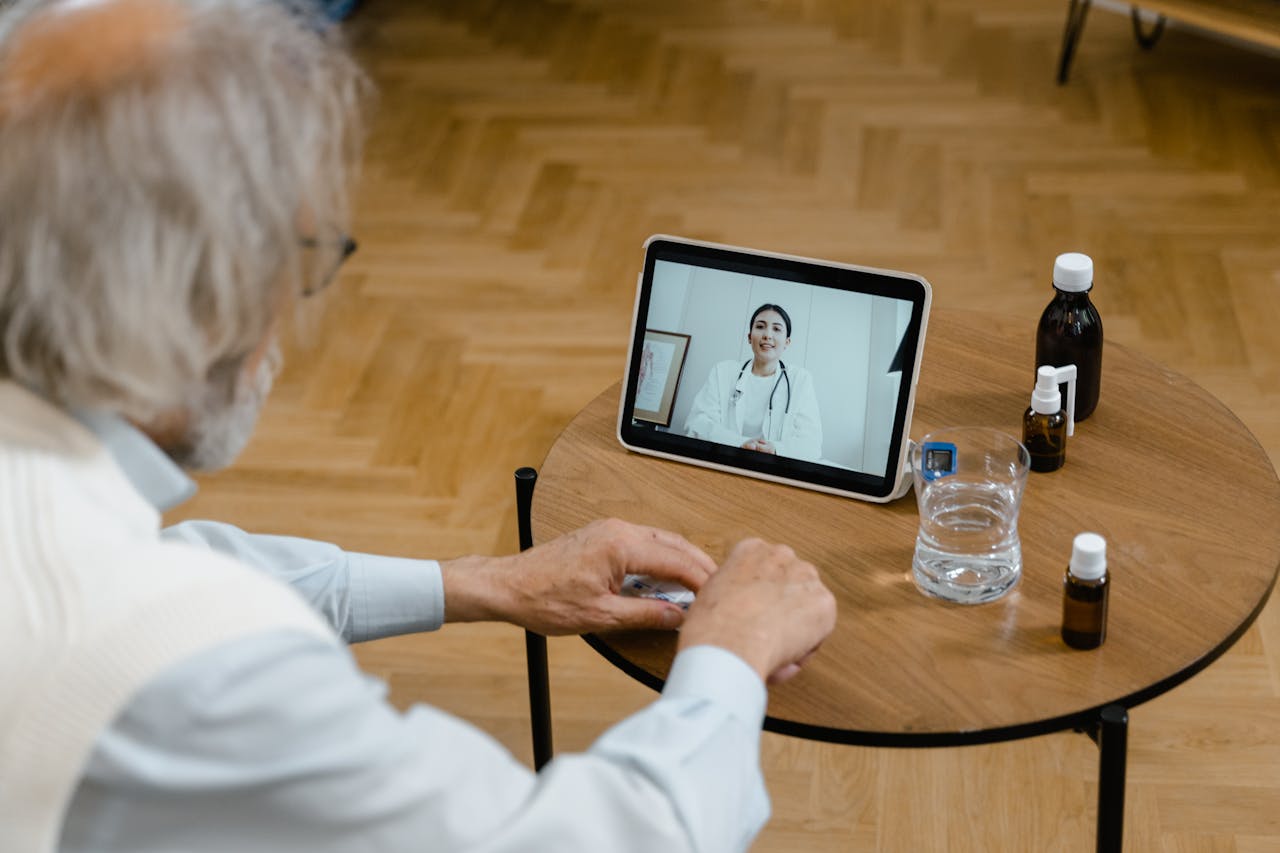
Remote healthcare facilities have changed patient access to medical treatment in recent times. Understanding how to negotiate this new terrain is critical as technology closes the distance between patients and medical professionals. These five key characteristics should help you when dealing with remote healthcare solutions.
Understanding the Technology
Familiarizing oneself with the technologies involved is very essential before going into remote healthcare. Telemedicine systems allowing video conversations, texting, and patient record access are used most often among distant healthcare providers. Patients should make sure their devices—often cameras and microphones-equipped cell phones or computers—are compatible and that their internet connection is reliable.
Knowing how to utilize these technologies properly can improve the experience and enable flawless contact with healthcare professionals. Many platforms also provide customer assistance or lessons to let consumers get used to their systems. Investing time to investigate the features of the platform can help one feel more at ease throughout visits, thereby reducing anxiety and improving the effectiveness of the encounter.
Choosing the Right Provider
Choosing a remote medical professional fit for your requirements is essential. Since not every service is made equal, consider elements such as specialty provided, professional certifications, and patient feedback. Since rules differ greatly across states, it is crucial to make sure the provider holds a license in your state of residence. Certain platforms could also provide more complete services than others, like dietary advice, mental health assistance, or chronic care management.
Examining the availability of experts on the site might also be helpful as tackling certain health issues depends much on this. Spend some time investigating and contrasting many choices, reading reviews, and maybe even contacting individuals who have utilized these services. A more fulfilling experience results from selecting a provider fit for your healthcare needs.
Knowing Your Rights and Privacy
Knowing your rights and privacy is critical whether you use remote healthcare services. Under the Health Insurance Portability and Accountability Act (HIPAA), patient data is protected, therefore assuring anonymity in all interactions. Following these rules helps remote healthcare providers protect your information.
Learn about their privacy policies and handling of your personal medical data before beginning any service. Developing confidence in the provider depends on knowing your rights about permission, access to your medical data, and how the data could be disclosed. If you have questions, don’t hesitate to ask the supplier about their security policies including data storage techniques and encryption. Following these steps can help you to relax while receiving remote healthcare treatments.
Preparing for Appointments
The efficiency of remote healthcare visits may be much influenced by preparation. Patients should spend some time compiling pertinent medical history, present medicines, and any questions or issues they want to address during the session. Recording symptoms, changes in condition, and other relevant data helps to enable effective communication with the healthcare professional.
Also, choose a free-from-distraction, peaceful, pleasant place for the visit. This atmosphere enables both sides to be concentrated, hence improving understanding and conversation. Test the technology, if feasible, before the visit to ensure everything is working. This preparation helps the actual appointment go more naturally, thereby enabling a more thorough conversation on your health.
Following Up and Continuity of Care
Following up after your virtual healthcare visit guarantees the continuation of treatment. Many of the clinicians provide post-appointment correspondence, including prescription treatment programs or visit reports. Patients should make use of this material as it will be a guide for the next treatment. Effective treatment of health disorders depends critically on keeping track of any prescription drugs, advised lifestyle modifications, or extra testing.
Plan any required follow-up visits too, either in-person or via the same remote service. Managing health issues depends on continuity; hence, being active with your medical professional guarantees the continuous assistance required. Using any of the accessible online tools for monitoring health indicators can improve your healthcare experience even more and enable you to take responsibility for your health.
Conclusion
While working with remote medical professionals may provide patients convenience and flexibility, they must be proactive. Maximizing your experience depends on knowing the technology, selecting the correct provider, knowing your rights, being ready for visits, and making sure follow-up treatment is obtained. Keeping informed and involved can help you maximize this creative approach to medical treatment as remote healthcare develops. Knowing that excellent treatment is only a click away, confidently embrace the next phase of healthcare. Your well-being and health are valuable investments of time.


